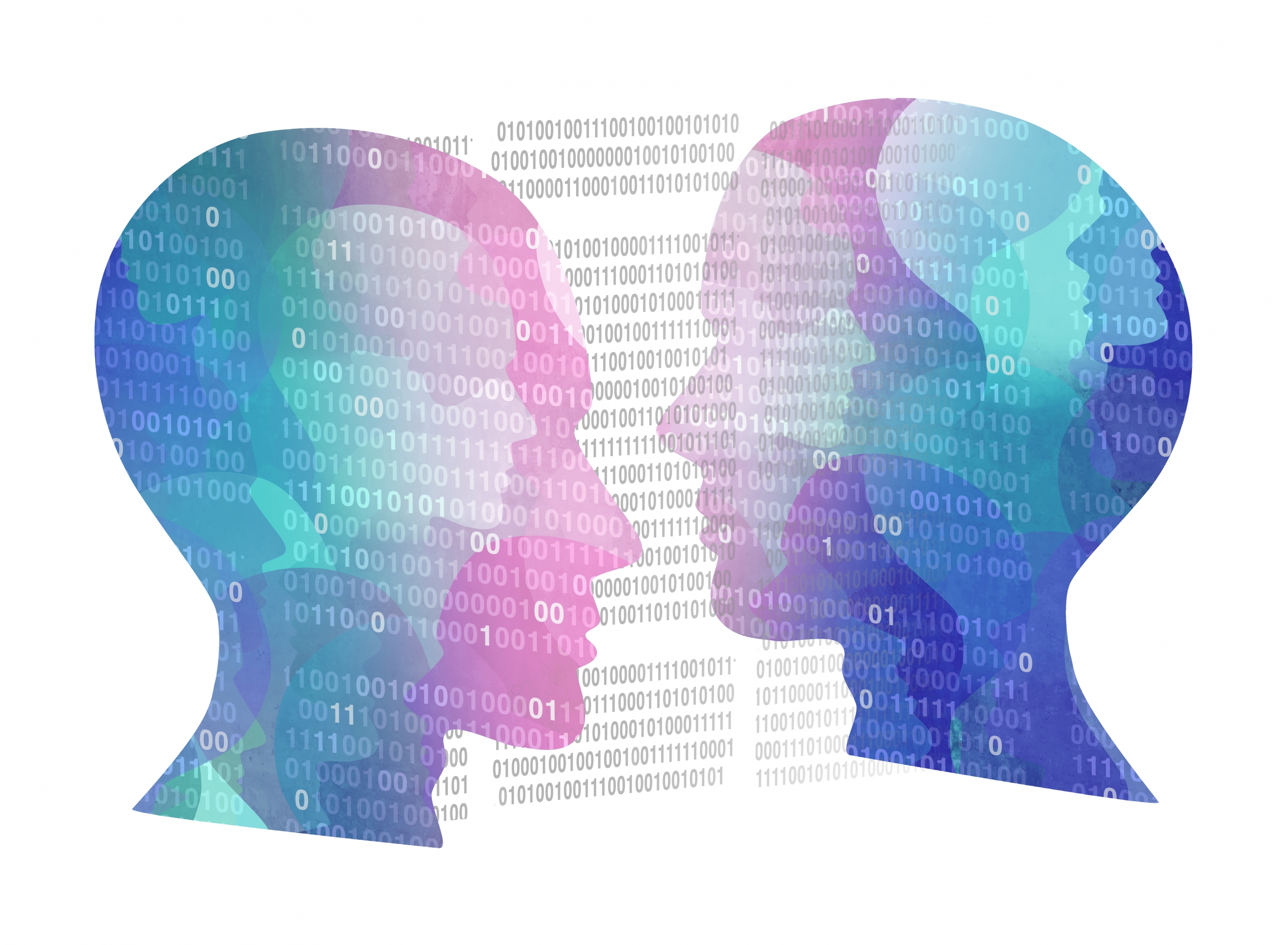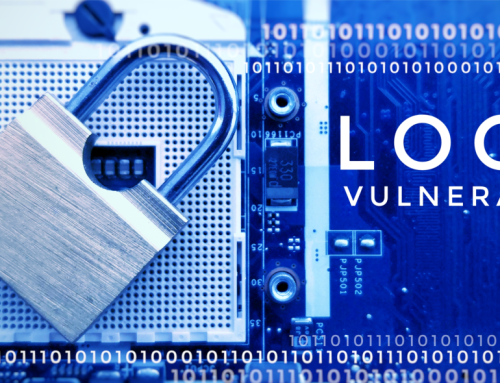While the concern about Deepfake technology is valid, not all content is malicious.
While the concern about Deepfake technology is valid, not all content is malicious.
Deepfake technology has been rising in conversation recently, and for good reason. But how concerned should people be? Some create them for entertainment purposes. But, some bad actors have begun creating deepfake audio and video to spread false news. Some attackers are also creating malicious campaigns using this technology.
Deepfakes concerns many, including the FBI’s cyber division. What are the potential effects of weaponized deepfakes?
What Are Deepfakes?
Deepfake technology is when artificial images and sounds combine with a machine-learning algorithm. This technology is like consumer photo and editing software. Deepfake technology is becoming more accessible and convincing. Because of this, the potential consequences are concerning.
Existing deepfake apps include FaceApp, FaceSwap, and Zao. Some of these apps come with disclaimers and claim to be for entertainment purposes only.
Bad actors use this content to further illegal activities. Deepfake communities also exist on the Dark Web. Malicious actors can offer DaaS (deepfakes as a service) or buy and sell content.
Deepfake audio is a primary concern for people. Because audio lacks visual cues, it can be more dangerous than deepfake video. Deepfake audio attacks have already happened. CEOs of large firms have transferred large sums of money after an attack. Bad actors are using deepfake audio for financial gain.
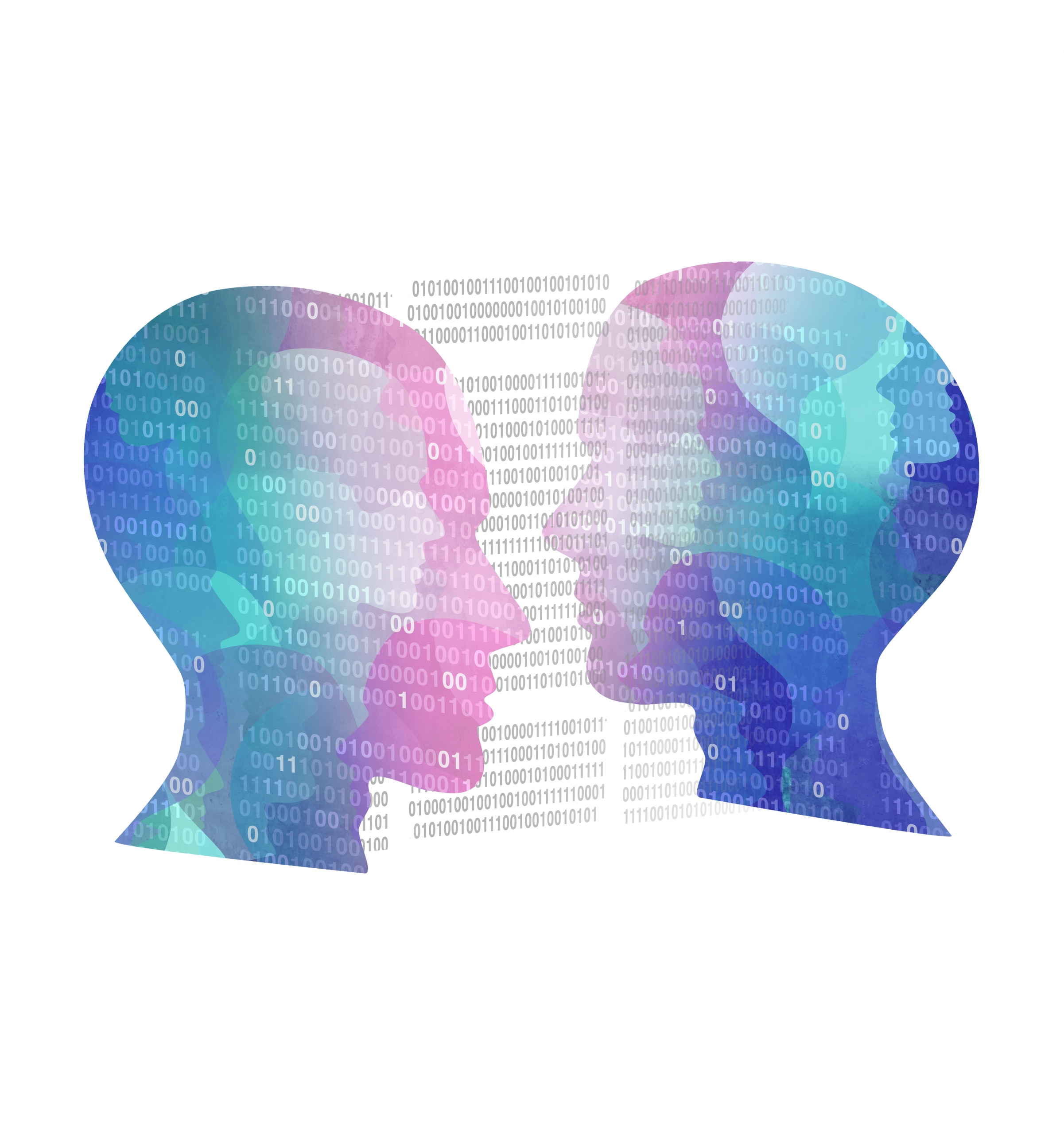
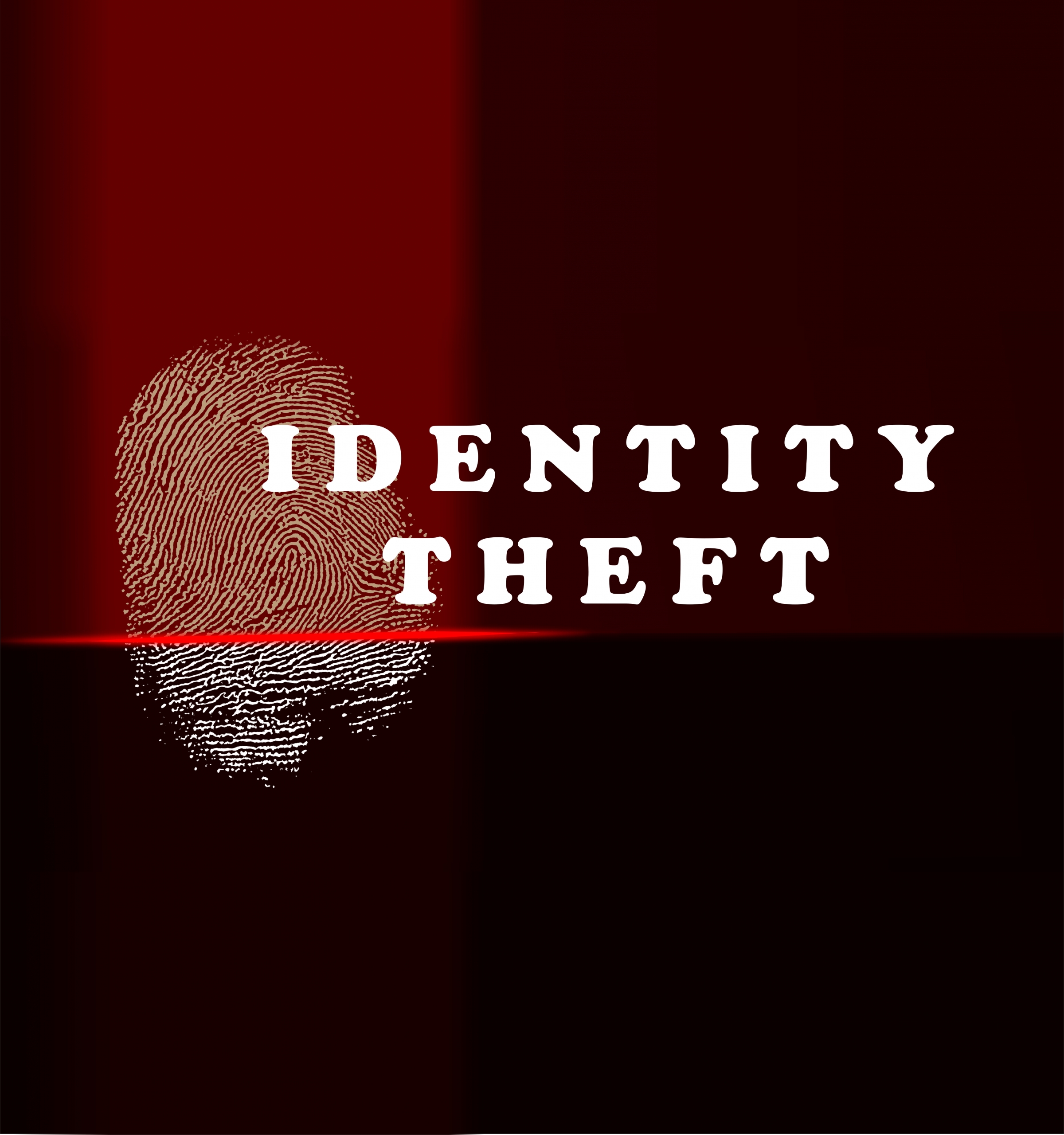
Deepfake Attacks
While these attacks are a genuine concern, there is still some undue paranoia. Some of this fear is outpacing actual attacks.
That said, manipulated content can lead people to believe something happened that didn’t. If it’s for a nefarious purpose, it can include:
- Scams and hoaxes
- Election manipulation
- Social engineering
- Automated disinformation attacks
- Identity theft and financial fraud
These malicious attacks can target individuals or companies. There is the fear that as technology continues to develop, the threats could get more serious. These attacks could result in election interference or political tension. These effects could be dire.
Deepfake Attacks
While deepfake attacks are a genuine concern, there is still some undue paranoia. Some of this fear is outpacing actual attacks.
That said, manipulated content can lead people to believe something happened that didn’t. If it’s for a nefarious purpose, it can include:
- Scams and hoaxes
- Election manipulation
- Social engineering
- Automated disinformation attacks
- Identity theft and financial fraud
These malicious attacks can target individuals or companies. There is the fear that as technology continues to develop, the threats could get more serious. These attacks could result in election interference or political tension. These effects could be dire.

Detecting & Preventing Deepfake Attacks
Detecting & Preventing Deepfake Attacks
For organizations, keeping employees aware of the potential for deepfakes is vital. It’s also essential to have a healthy amount of skepticism of any media content. People should always look at the source of any information or media.
To identify fake content, there are a few strategies called “tells.” Tells include overly consistent eye spacing and visual distortions around pupils and earlobes. Another sign of fake content is syncing issues between the subject’s
mouth and face.
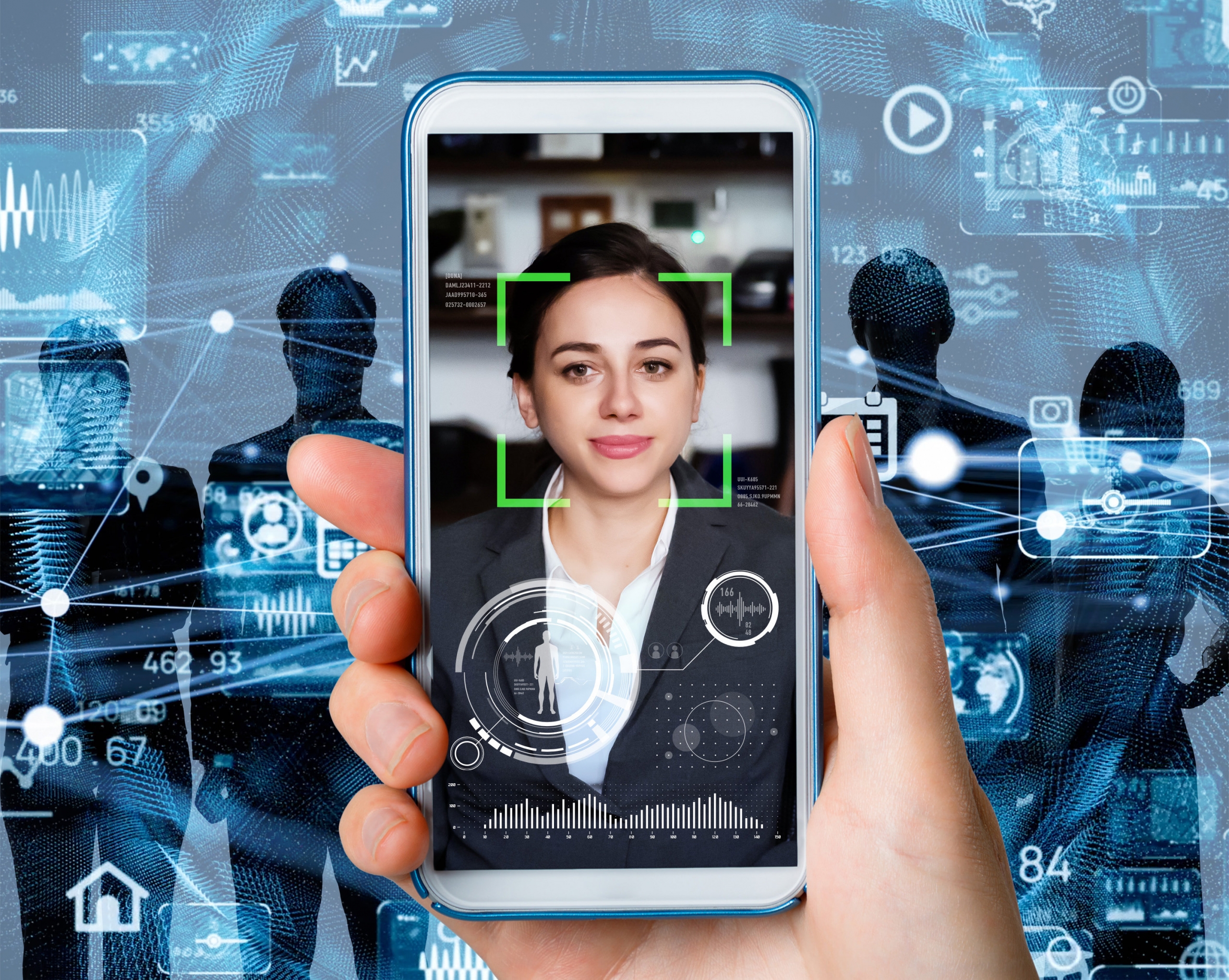
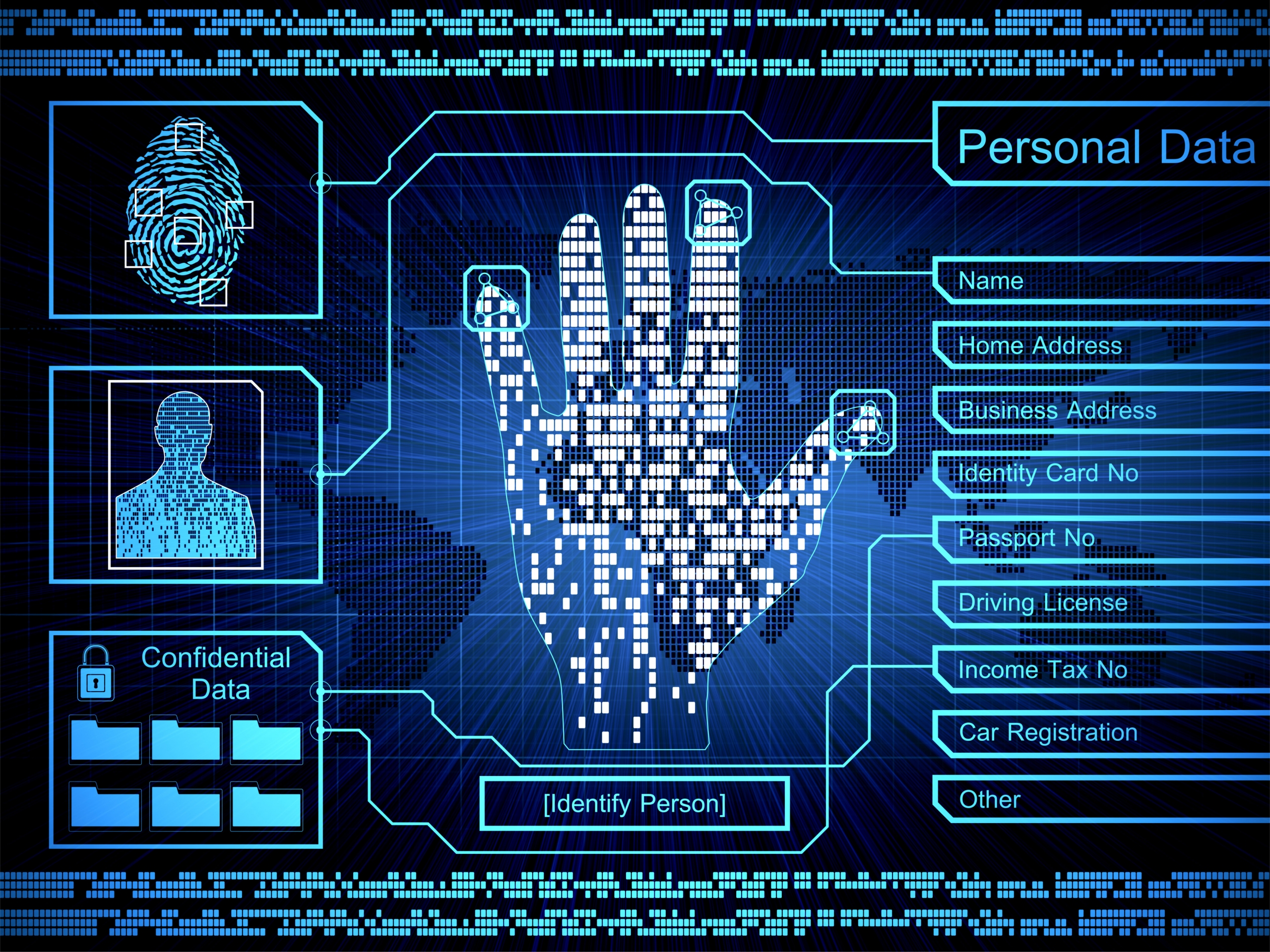
Finally, blurry backgrounds are a tipoff. The problem with deepfakes is these “tells” are constantly changing. As the technology develops, they may get harder to identify.
Big tech has shown some initiative in helping identify and prevent deepfake content, including Microsoft and Facebook. However, academia is doing a lot of the heavy lifting in this space.
Scholars are at the forefront of deepfake initiatives. Most recently, they have zeroed in on generator signals. Generator signals help separate authentic videos from deepfakes. This project will also help identify what generative models are creating these videos.
Finally, blurry backgrounds are a tipoff. The problem with deepfakes is these “tells” are constantly changing. As the technology develops, they may get harder to identify.
Big tech has shown some initiative in helping identify and prevent deepfake content, including Microsoft and Facebook. However, academia is doing a lot of the heavy lifting in this space.
Scholars are at the forefront of deepfake initiatives. Most recently, they have zeroed in on generator signals. Generator signals help separate authentic videos from deepfakes. This project will also help identify what generative models are creating these videos.

Protection Measures
Protection Measures
Technology poses a unique problem when it comes to creating laws and regulations. That unique problem is that technology evolves quickly. Another concern in regards to fake content is that these tools will become mainstream.
In the meantime, individuals and organizations must remain aware of the risks. People should view video and audio content with a discerning eye. Some states have already passed legislation on certain types of deepfakes. But, there is still much more work to do.
Social media is following suit. Facebook and Twitter have begun placing policies to fight fake media activity. Companies and individuals should practice due diligence until detection tools become more reliable.
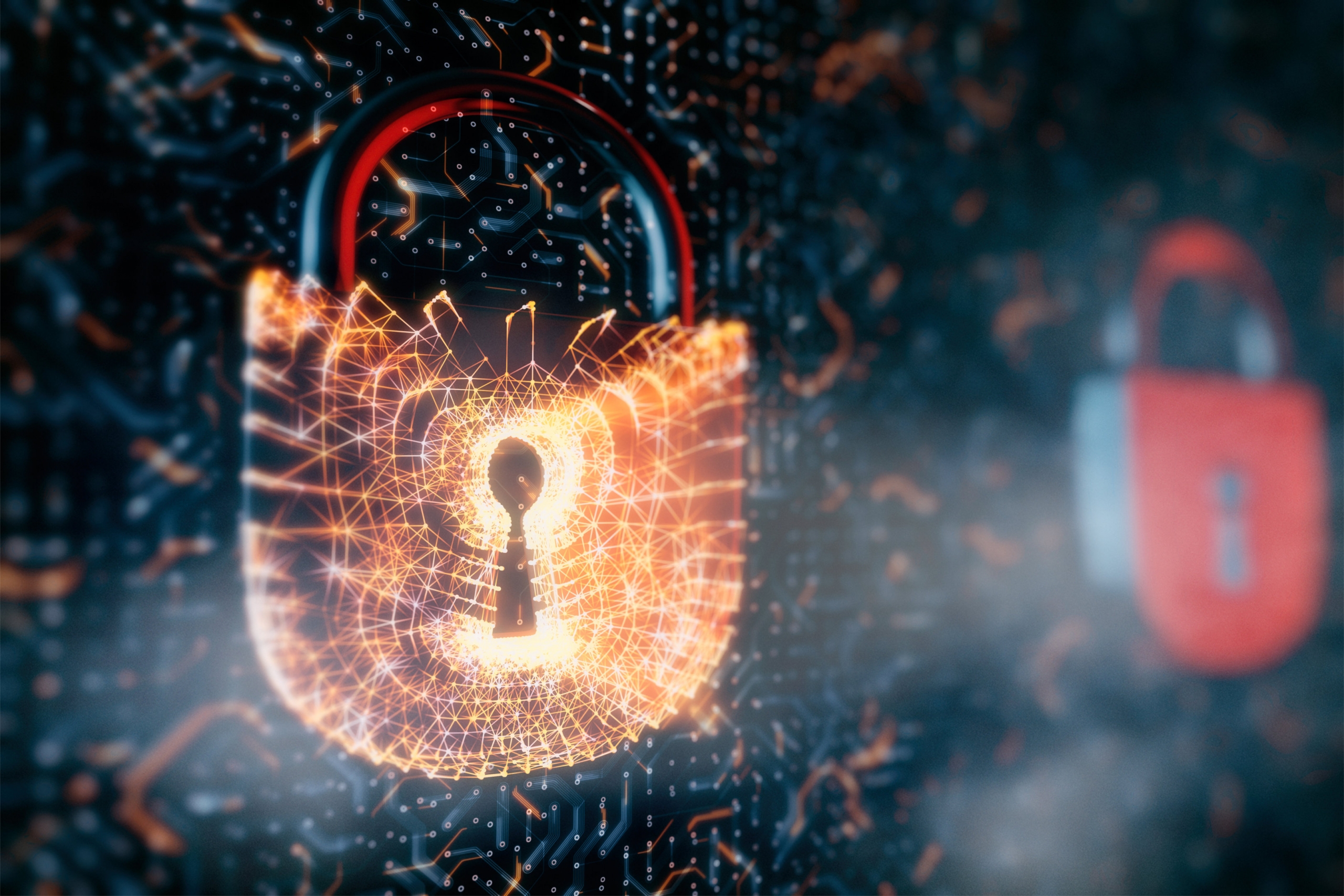
Share This Story, Choose Your Platform!
Let’s have a 15-minute video call
We are now taking on new clients.

